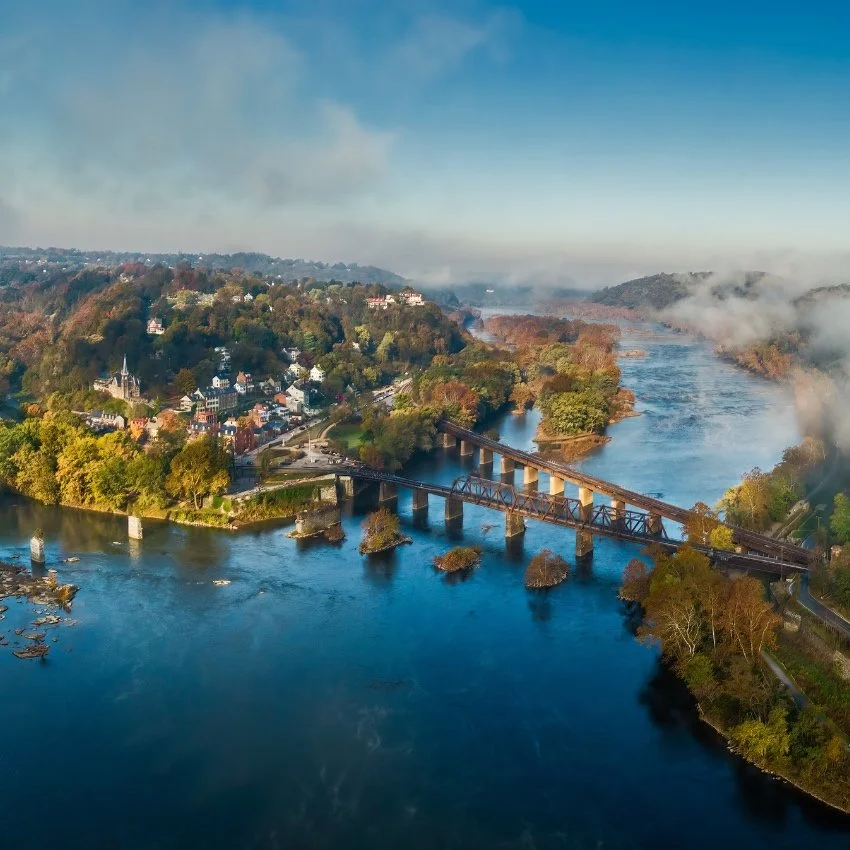Study finds the Potomac is getting saltier, threatening drinking water and wildlife
/It's not just the Potomac. Rivers across the country are getting saltier, too.
This time of year, pavement is likely to look more gray than black, covered in salt to fend off winter weather and keep roads passable.
Ever wonder where all that salt ends up?
Much of it is ending up in our rivers, making them dangerously saltier. World Wildlife Fund’s quirky #LessSalty campaign illustrates the path of salt from our roads to our rivers.
In a 2018 study published by the Proceedings of the National Academy of Sciences, researchers analyzed 50 years worth of data from over 230 waterways across the country. The study found that 37 percent of those waters have become saltier over time, including the Potomac River and other tributaries in the Chesapeake Bay. Check out The Washington Post’s map to view salt trends across the country.
In our area, polluted runoff that carries road salt into rivers and streams is largely to blame. During just one snowstorm that came through this season, crews in the District laid down over 9,000 pounds of rock salt and another 18,000 gallons of salt brine.
As Jacob Fenston reports from WAMU, all that salt has made tap water sourced from the Potomac three times saltier than it was 25 years ago. With over 5 million people relying on the Potomac for drinking water, that's a serious public health problem.
Salt is hard for water treatment facilities to remove, and it can cause serious damage to pipes. The salty water from the Flint River is what led to the lead pipe corrosion that caused Flint’s recent drinking water crisis.
Saltier waters also pose an issue for local wildlife. Freshwater fish and underwater plants simply cannot survive in salt water.
Not all rivers are getting saltier though. The study found a decrease in salt concentrations in waters in the Southwest, where regulations to control salt pollution are already in place.
Local transportation officials have started taking steps to reduce salt in recent years. Maryland's Highway Administration, for example, has reduced its salt use in half over the last five years. But to properly address the issue of salt pollution, the study's author argues that we need stronger clean water protections, both locally and federally.
“The Environmental Protection Agency does not regulate salts as primary contaminants in drinking water at the federal level, and there is inconsistency in managing salt pollution at the local level. These factors are something communities need to address to provide safe water now and for future generations,” study co-author Sujay Kaushal said in a press release.














Snow’s certainly not been a stanger this winter! Using salt can keep our roads safe, but it has dangerous consequences for the Potomac River.
Learn about the threat of rising salt levels in the Potomac and its tributaries, and alternatives to traditional salt to keep both our roads and freshwater safe.